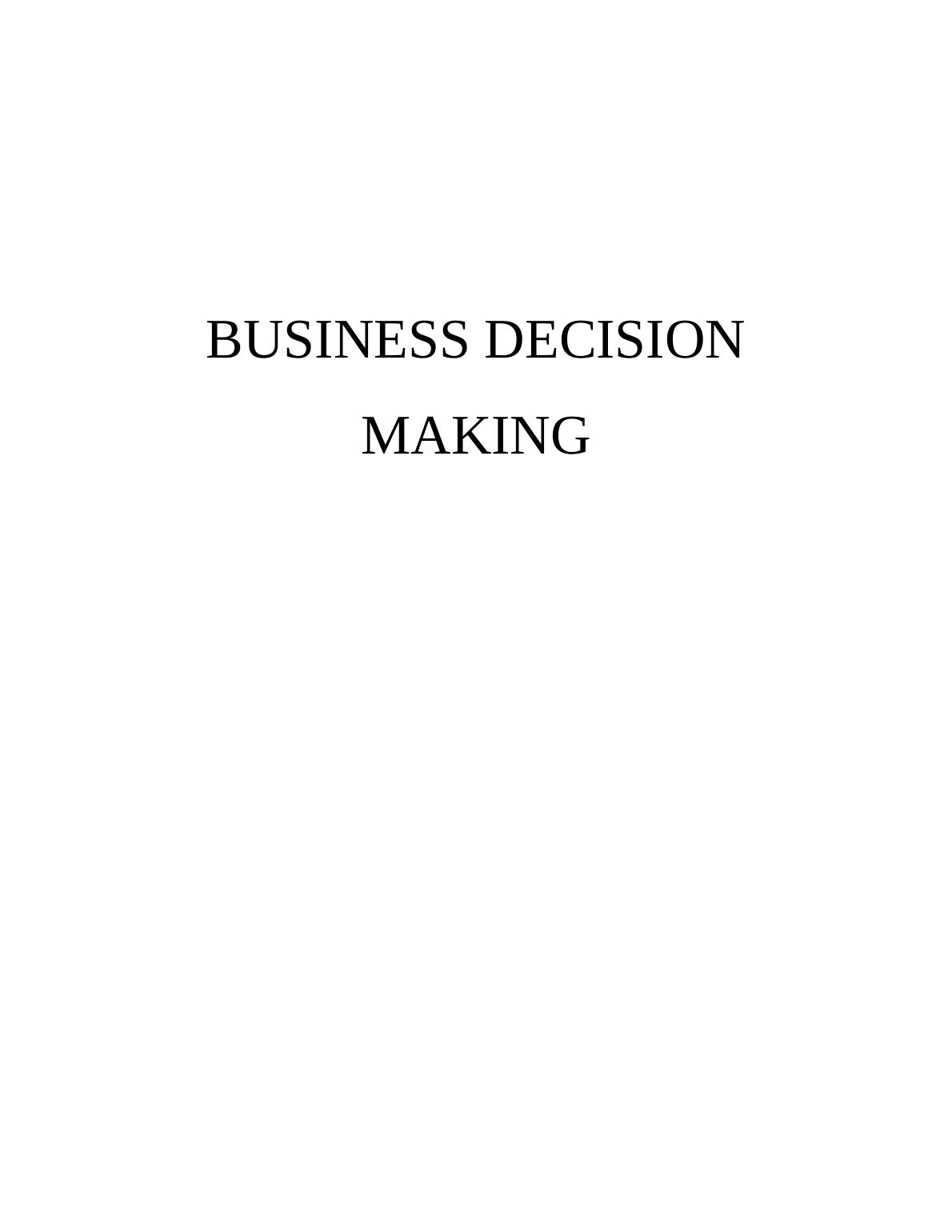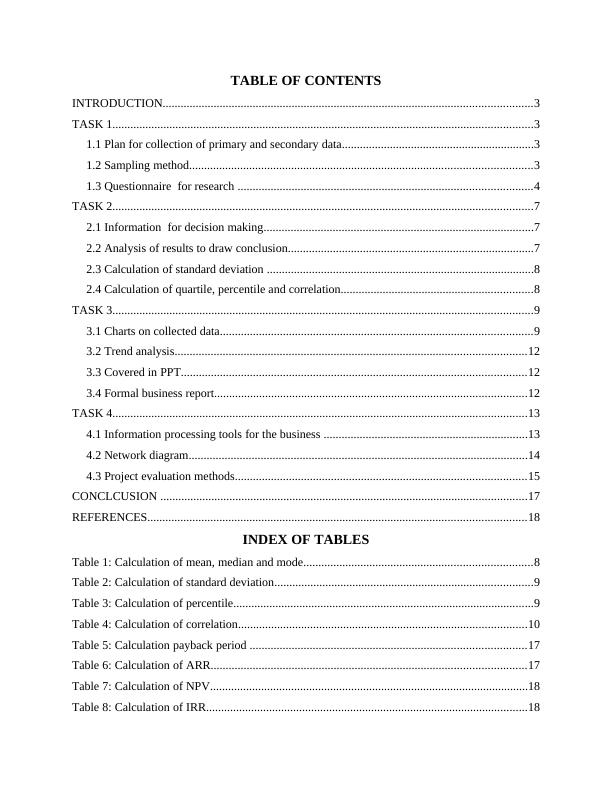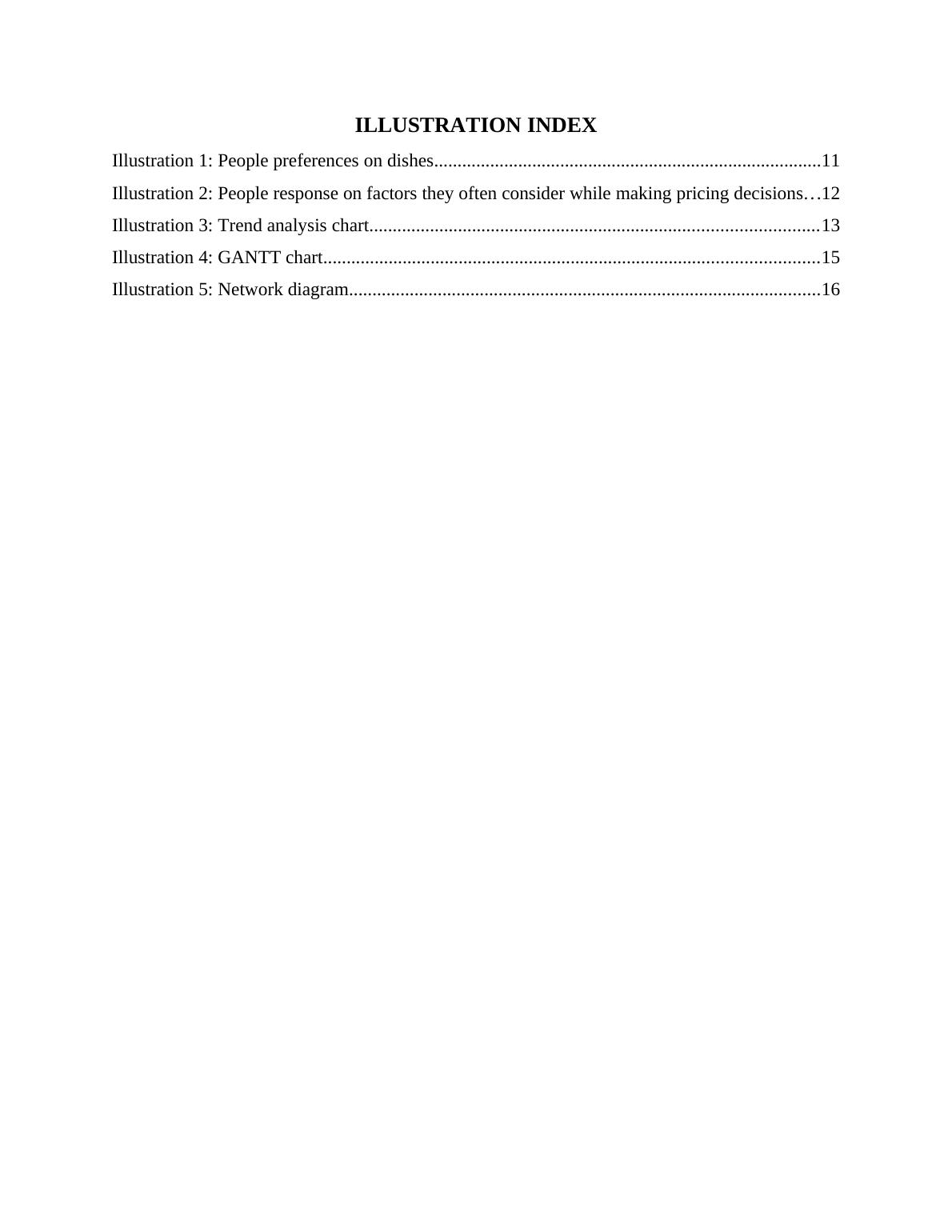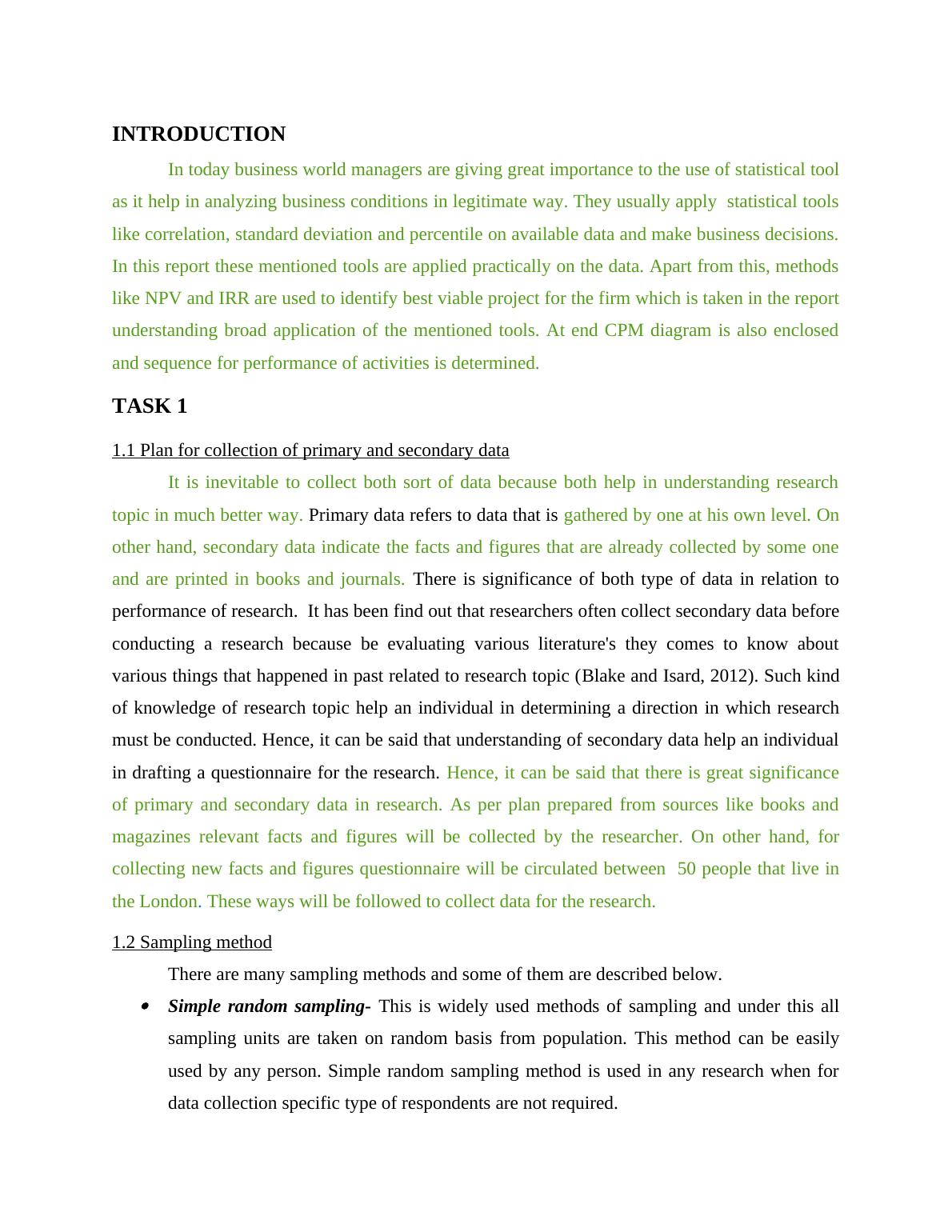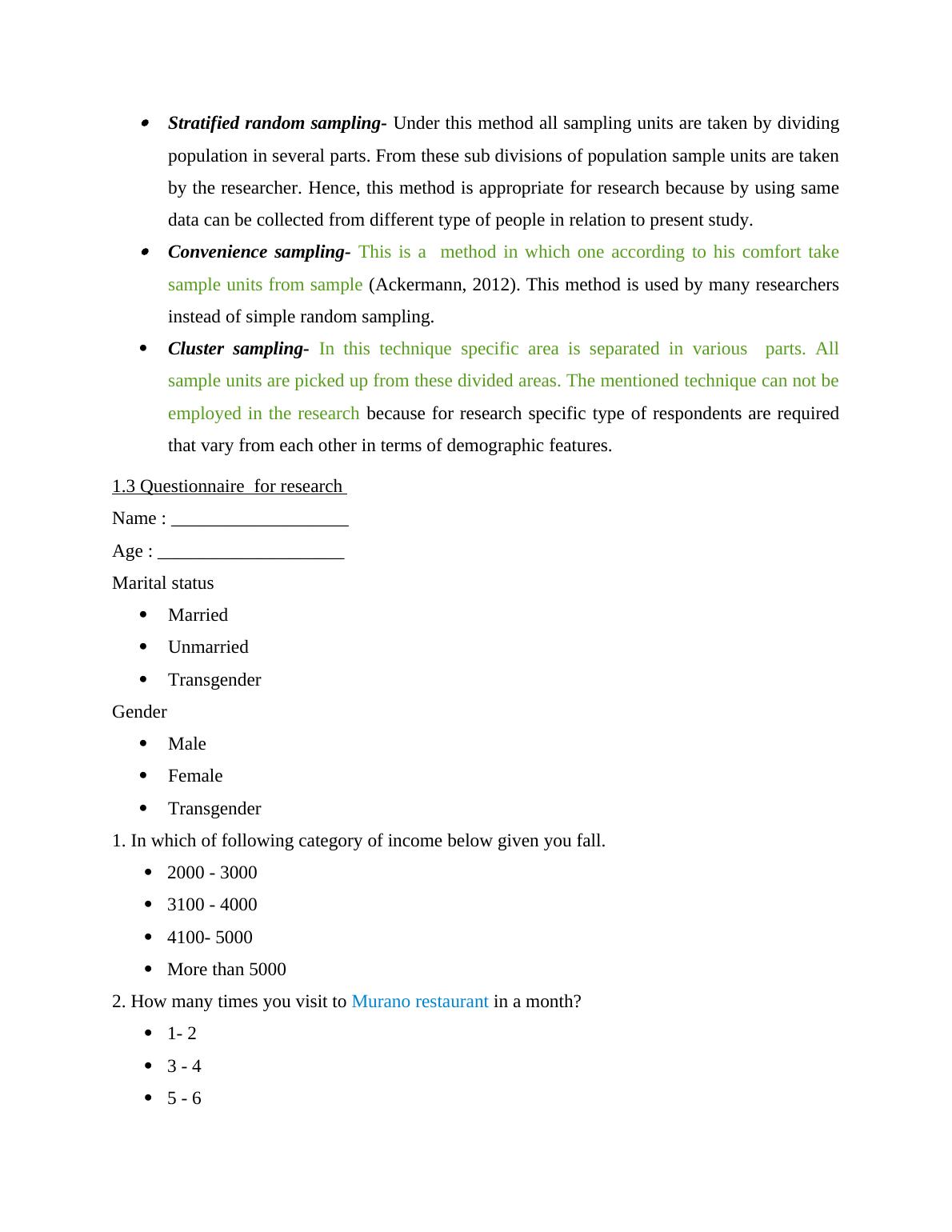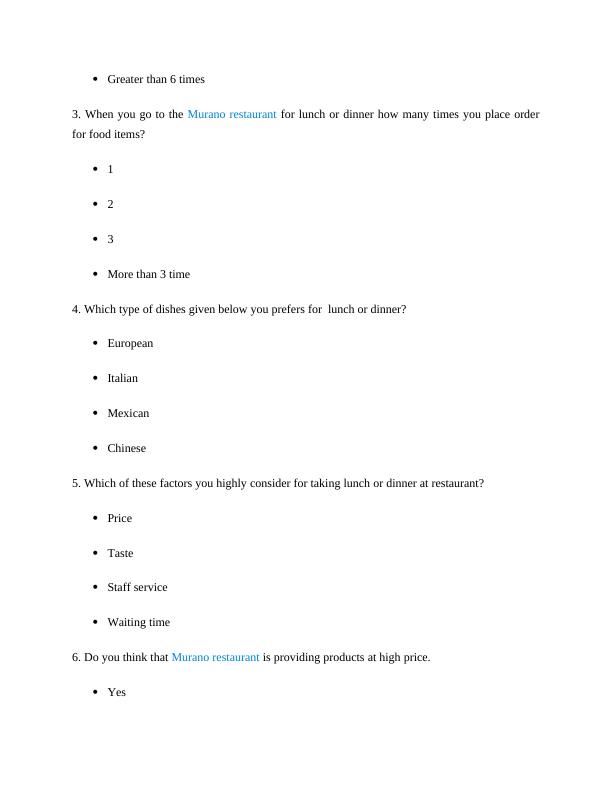Business decision making table of contents introduction 3 TASK 13
Understand the regulatory framework for financial reporting and be able to prepare financial statements from complete or incomplete records
22 Pages4215 Words491 Views
Added on 2020-01-28
About This Document
BUSINESS DECISION MAKING TABLE OF CONTENTS INTRODUCTION 3 TASK 13 1.1 Plan for collection of primary and secondary data 3 1.2 Sampling method 3 1.3 Questionnaire for research4 TASK 27 2.1 Information for decision making 7 2.2 Analysis of results to draw conclusion7 2.3 Calculation of standard deviation8 2.4 Calculation of quartile, percentile and correlation 8 TASK 39 3.1 Charts on collected data 9 3.2 Trend analysis 12 3.3 Covered in PPT 12 3.4 Formal business report12 TASK 413 4.1 Information processing tools for the
Business decision making table of contents introduction 3 TASK 13
Understand the regulatory framework for financial reporting and be able to prepare financial statements from complete or incomplete records
Added on 2020-01-28
ShareRelated Documents
End of preview
Want to access all the pages? Upload your documents or become a member.
Unit 6 Business Decision Making Tools : Assignment
|20
|4335
|88
Research Design and Methodology - Report
|22
|4296
|82
Business Decision Making Assignment(pdf)
|27
|5399
|109
Business Decision Making Assignment TESCO
|26
|6333
|54
BUSINESS DECISION MAKING TABLE OF CONTENTS INTROUCTION 3 TASK 13
|21
|4914
|433
Statistical Tools Report - Morrison
|24
|4790
|51

